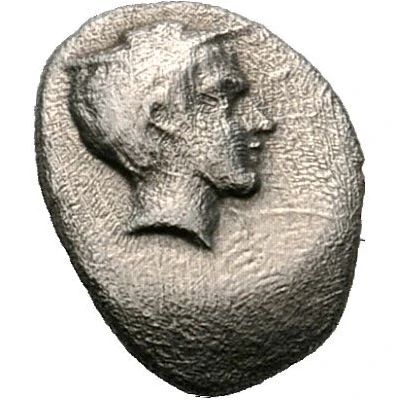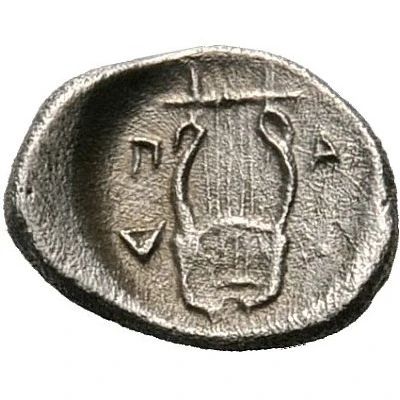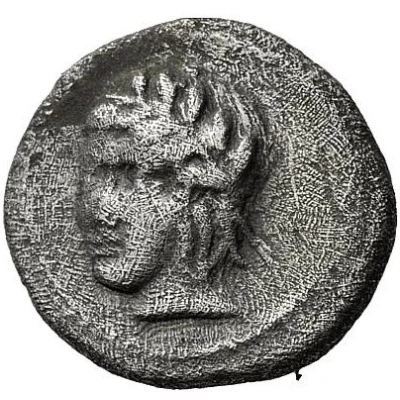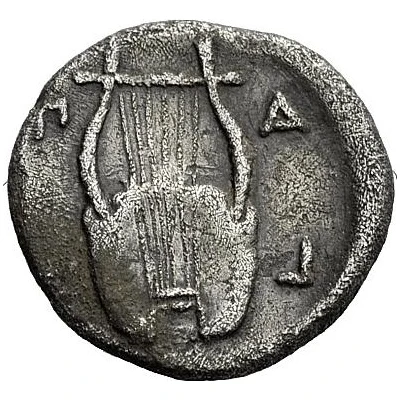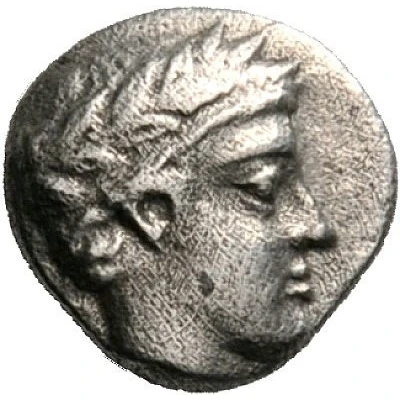
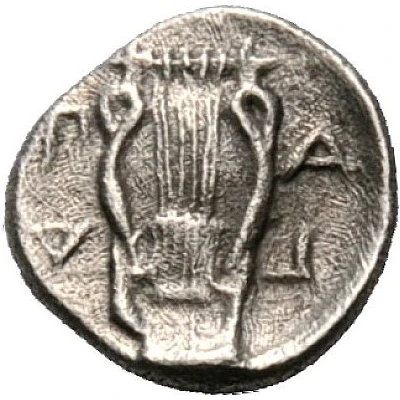

© Nomos AG
Hemiobol 375 BC - 325 BC
| Silver | 0.38 g | - |
| Issuer | Pagasai (Thessaly) |
|---|---|
| Type | Standard circulation coin |
| Years | 375 BC - 325 BC |
| Value | Hemiobol (1⁄12) |
| Currency | Drachm |
| Composition | Silver |
| Weight | 0.38 g |
| Shape | Round (irregular) |
| Technique | Hammered, Incuse |
| Demonetized | Yes |
| Updated | 2024-10-10 |
| Numista | N#170875 |
|---|---|
| Rarity index | 100% |
Reverse
Six-stringed lyre and all within shallow incuse circle
Script: Greek
Lettering:
Π Α
Γ Α
Comment
Apparently unpublished.
Interesting fact
The Hemiobol coin was used as a form of currency in ancient Greece, specifically in the city-state of Pagasai (Thessaly) during the 4th century BC. The coin's name "Hemiobol" comes from the Greek words "hēmi-" meaning "half" and "bolos" meaning "throw", which refers to the coin's value being equal to half the value of a full "bolos" coin. Despite its small value, the Hemiobol was widely used in trade and commerce, and its design featuring the head of a mythical creature, possibly a griffin, and a Pegasus on the reverse side, made it a unique and recognizable coin in the ancient Greek world.
